Best Books for Beginner Readers
I’m just getting started with working on reading with my son, and the first time he sounded out the word “sat” — and really got it — his entire face lit up like he just saw Santa’s workshop at the North Pole. In a word, it was magic.
There are all kinds of different approaches to teaching reading to little kids. Probably the one with the best evidence behind it — to the point where some people claim it’s the one-and-only way to do it — is phonics-based instruction. Put simply, this entails focusing on sounds over letters, per se. Phonics-based learning is great! But there are other pathways, too, and you know better than anyone what kind of approach is going to resonate most with your child.
If you haven’t started yet, an excellent precursor to reading lessons is simply to point to words and move your finger along while you read to your child — this demonstrates that the words actually convey something, and gives an indication about the general patterns involved (spoken words correspond to written words, left to right, top to bottom, etc. — it’s called “text awareness”). They might even pick up a sight word or two. It may be tedious, but this preps children for the learning-to-read process.
If you’re ready to begin to teach your child to read (or to supplement their school curriculum), or even if you’re already in the thick of it, Teach Your Child to Read in 100 Easy Lessons is a beloved workbook that parents, educators, linguistic therapists, and academic researchers alike all swear by. It’s easy to follow (it literally includes the dialogue), takes about 15-20 minutes per lesson, and it works!
Professor John McWhorter described his experience with this book^^ in The Atlantic — which entailed teaching his 4-year-old to read over the course of a summer — and what’s most incredible about his success story is that it’s not outlying. Yes, many parents sing the praises of this book.
The Question of When
There is no one-size-fits-all when it comes to a child’s age and reading. Seriously, we could go on for pages and pages and pages about this — there’s an entire academic literature devoted to it, and everyone has an opinion. The AAP notes that most children learn to read around 6-7 years — which may come as a surprise to many parents (myself included) who fully expect their children to be reading at/around 5-years-old. If you ask the Montessori or Waldorf schools, they have an even more hands-off approach, and often don’t actively teach reading until second grade (!).
*Note — teaching reading outright is separate from reading to kids and literacy exposure, which can and should be done as early and often as possible to ensure reading success down the road.
Of course there are pre-K kids who can and do pick up reading, which is great, but all this is simply to say that many of us — and even some school systems — harbor unrealistic expectations about when children should be reading by. In some ways, the entire debate mimics the “when to potty train” question — even the arguments on both sides of the fence sound similar, hah. There’s an interesting (and short) article delineating the discussion here, if you’re interested in a primer. Wherever you stand, it’s worth knowing that there’s no right-age-to-start, and there certainly aren’t any deadlines.
Once you’re on your way — whether you’re in the early learning stages or your child is already reading — it’s always great to have fun options on hand so your child can put their skills to use — and get excited about using them. Below are some of our favorite books for beginning readers — please share your family’s favorites in the comments!
Happy reading listening, ya’ll!
Best Books for Beginner Readers
Complete Book of Farmyard Tales, Heather Amery, illus. Stephen Cartwright

This book includes 20 cute stories on the farm, and every page includes two reading options — one for beginners (at the top of the page) and one for more advanced readers (at the bottom). You can start by having your little one read the top of the page while you read the bottom and slowly let them work their way towards the more advanced text. Also comes with audio (it’s a CD, though… does anyone still have a stereo???).(Also available here.)


Usborne My First Reading Library

A collection of 50 books that progress from “first reader” to level one then level two. The initial level uses very simple words and short sentences, and by the end, the stories feature longer sentences and stories. Parents agree that this set is a *fantastic tool for reading instruction, and it’s a great value. Yes, this is a standout set when it comes to teaching your child to read, and many parents also say that this helped bring their kids from reluctance to excitement about the whole endeavor. (Also available here.)


BTW, when it comes to books categorized by reading level, it’s better to overshoot than undershoot. “Although many people may think keeping students at one level will help prevent [kids] from getting frustrated and discouraged by difficult texts, research shows that students actually learn more when they are challenged by reading materials,” experts say.
One other thing to be on the lookout for if you’re relying on leveled reading texts is that some of the entry level books are so simple that children can easily memorize them, or else easily guess what they say from the pictures, and thus miss out on the opportunity to sound words out. This isn’t necessarily a problem — as my son’s amazing teacher (who also happens to be a literacy expert) told me, “there are many ways to read a page” — it’s just something to be aware of.
Anything & Everything Mo Willems (Like this Elephant & Piggie Collection)
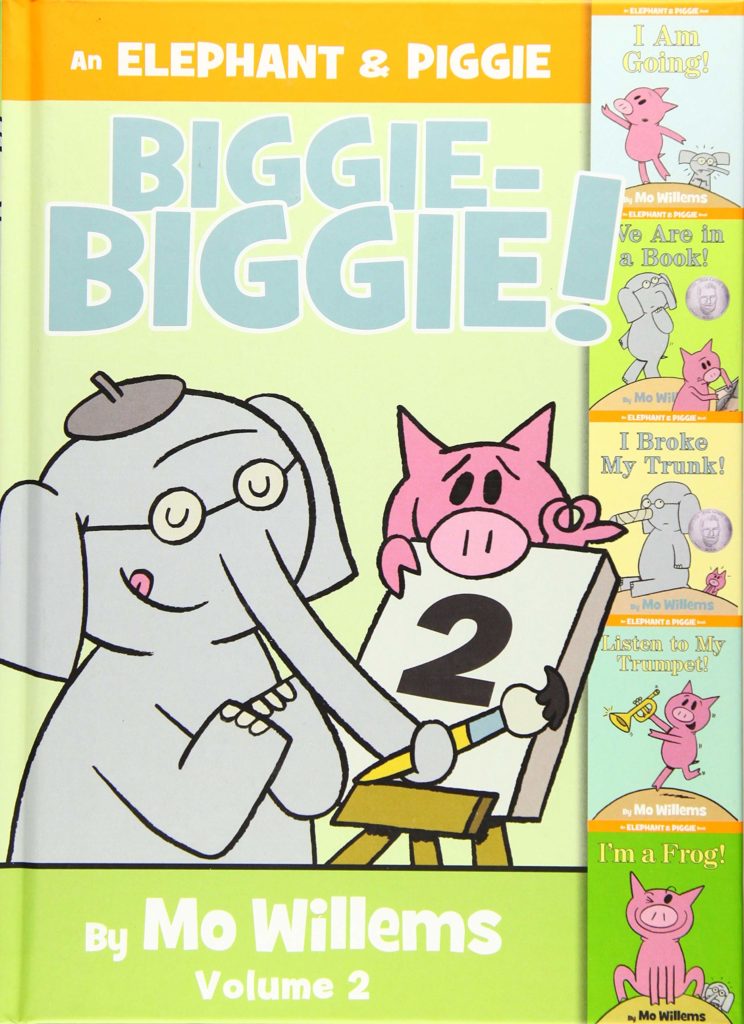
I think we recommend Mo Willems books in pretty much every section of this guide — he’s awesome! These were some of my favorite books to read to my kids; but with big text, simple sentence structure and easy-to-follow illustrations, Mo Willems’s books are also a fantastic launching point for beginning readers. Plus, these are seriously laugh-out-loud for kids and parents alike.


Peppa Pig Phonics Boxed Set
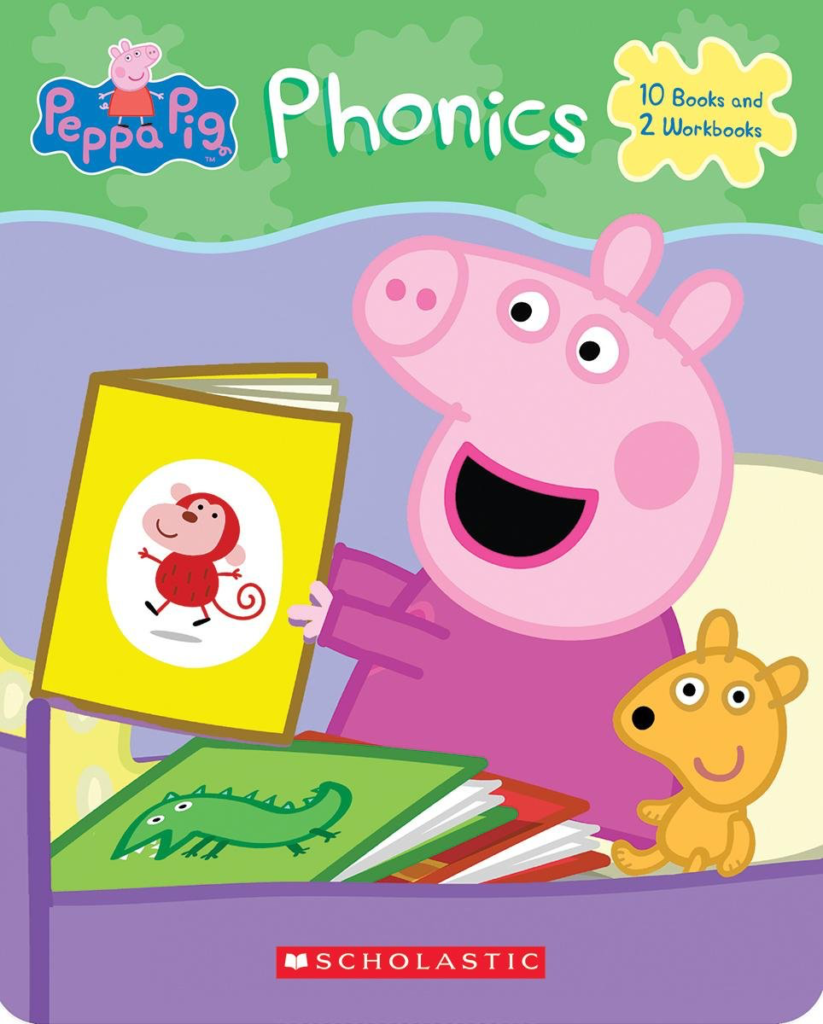
These short and simple Peppa Pig books (from Scholastic) are perfect for beginners. They are easier than the “regular” Peppa Pig books, and kids who already love Peppa Pig are super into them. Includes ten Peppa Pig storybooks, each of which focuses on a specific sound, plus two phonics workbooks.
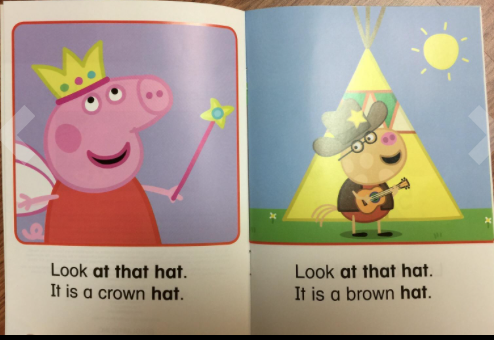

Frog and Toad Books, Arnold Lobel
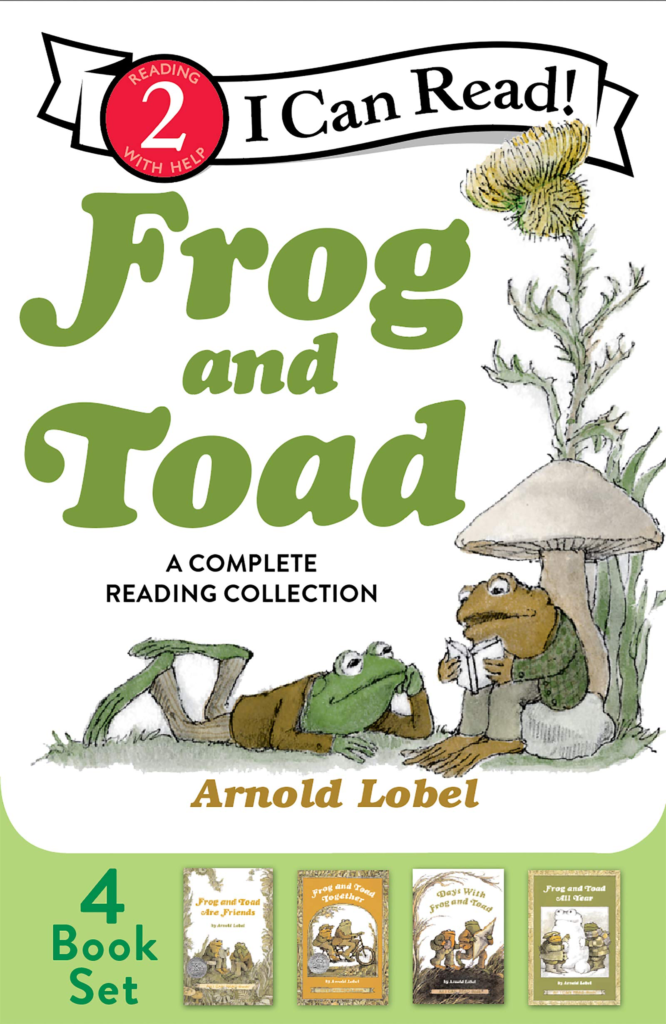
An oldie but a goodie! This set comes with four of the classics that are great for beginners (they’re a level 2 “I Can Read”). These books just have such a pleasant cadence to them too, once your kiddo gets them down.
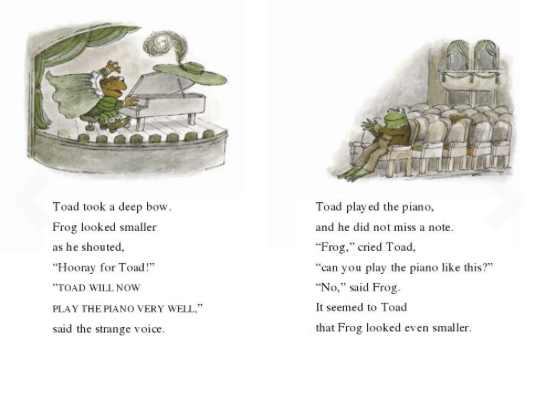

Jonathan Fenske Books
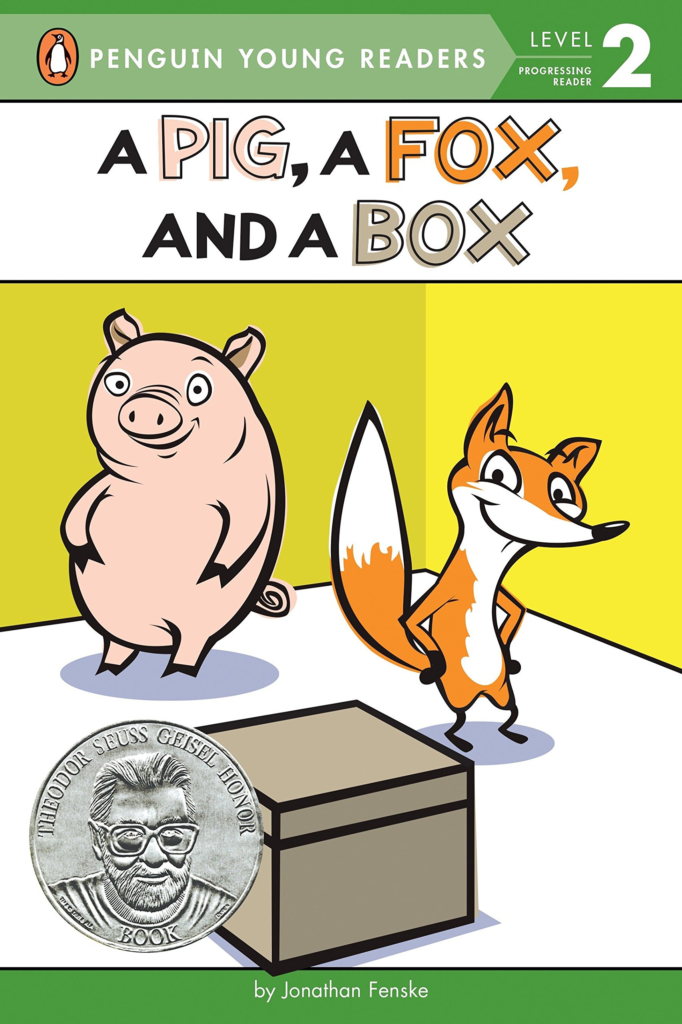
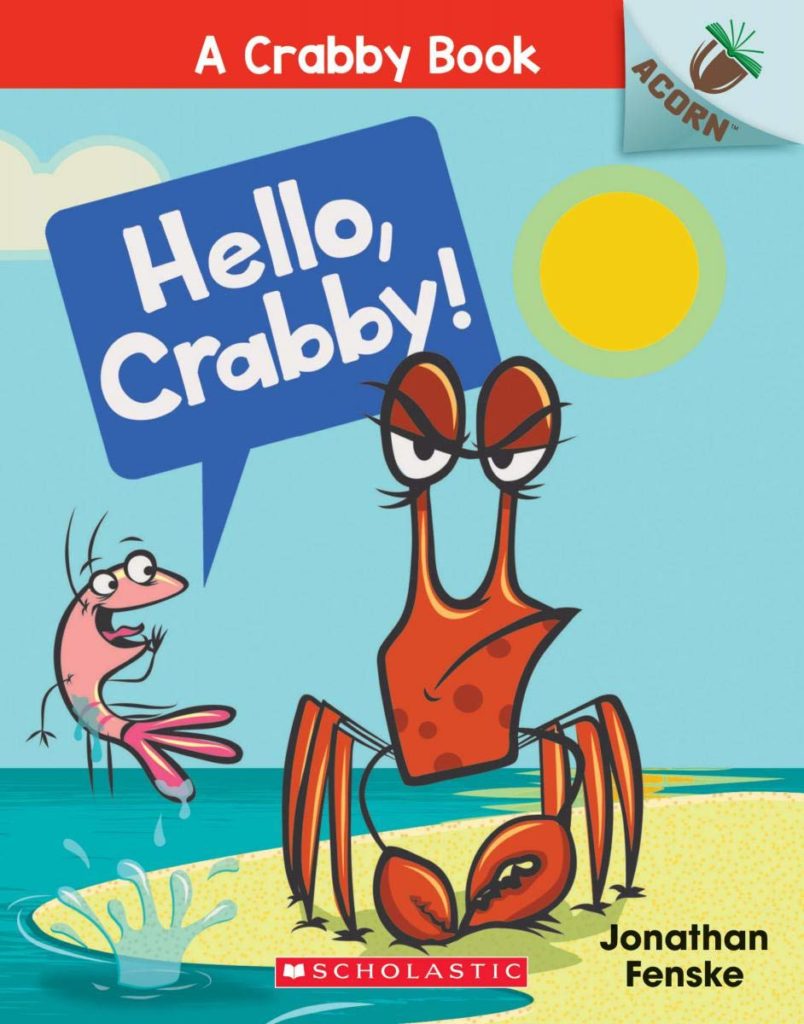
These early reader titles are funny, simple, and also open the door to talking about emotions with your kids. You can’t go wrong with any of Fenske’s series, but A Pig, a Fox, and a Box and Hello, Crabby! are two good choices if you don’t know where to start.


Henry and Mudge Books, Cynthia Rylant, illus. Sucie Stevenson

These Ready to Read level 2 books about Henry and his huge dog Mudge are so cute. (The series opens with Henry begging his parents for a sibling, and instead they give him Mudge. 😂) Henry is such a sweet kiddo, and his adventures with Mudge follow lovable, simple storylines that kids love.
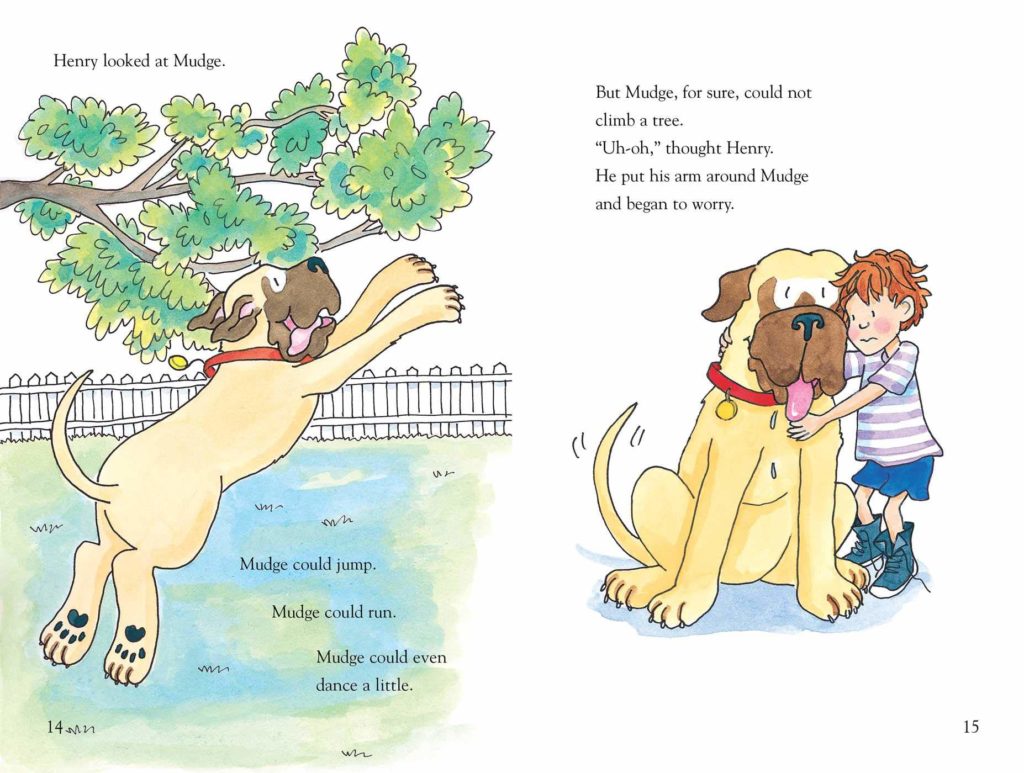

Fly Guy, Tedd Arnold

Kids think these books about a boy and a fly who become friends are hilarious. (Boy Buzz adopts fly as pet… ) If you like the first one, check out the set of eleven Fly Guy books.
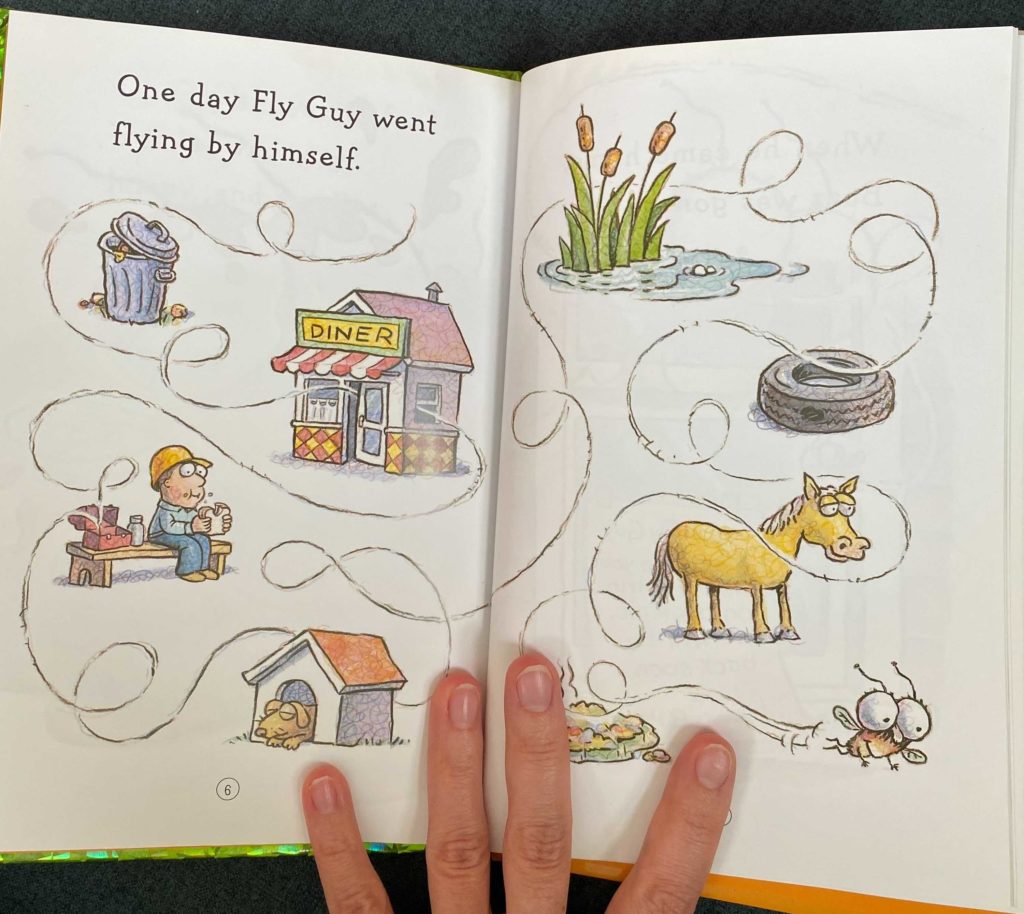

Jack, Mac Barnett and Greg Pizzoli
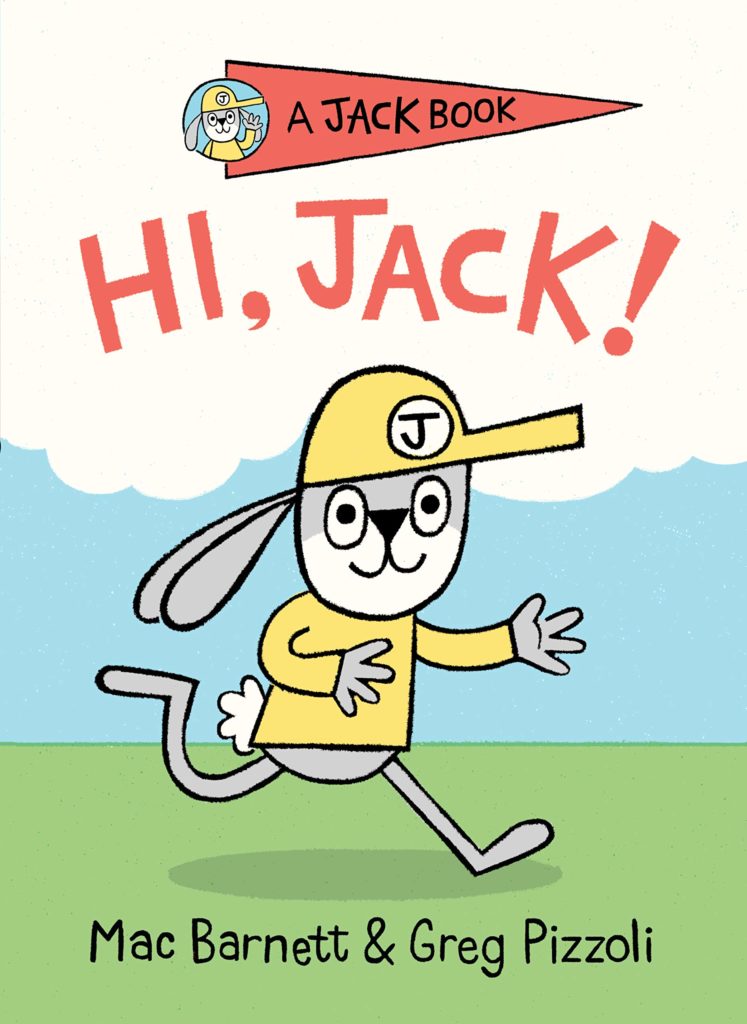
This series about Jack the rabbit, who lives in a treehouse and gets into all sorts of mischief, also includes drawing instructions at the end, which is a fun add-on. However, much like with Dory Fantasmagory and Junie B. Jones (see below), many parents and teachers raise concerns that Jack is not exactly the model character, and never seems to learn from his wrongdoings.
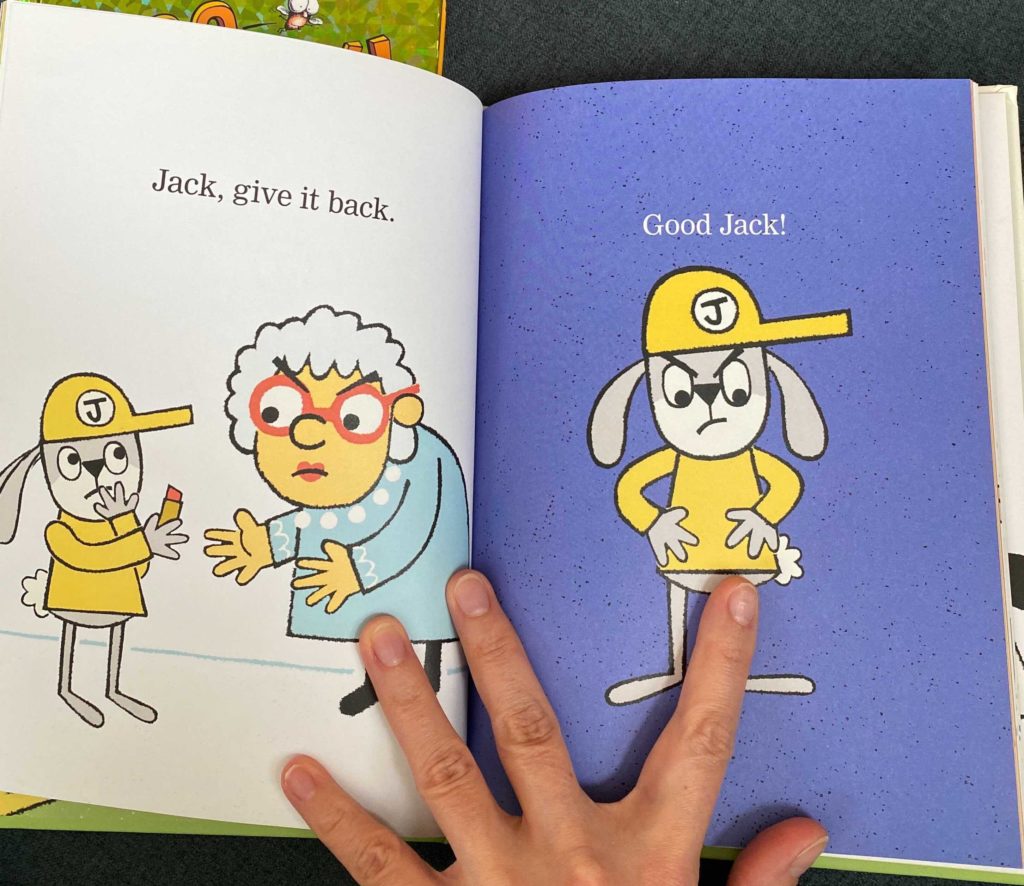

You might notice that many books come with just this kind of caveat^^ (namely, characters are less-than-well-behaved). And while yes, on the one hand, this can definitely have the potential to instigate problems, it also offers the opportunity to engage your child in conversations about good or bad choices, kind behavior, responsibility, and the like. People don’t act perfect in real life, either, after all!
Little Bear Series, Else Holmelund Minarik, illus. Maurice Sendak

With illustrations from the beloved Maurice Sendak paired with the classic stories of Little Bear and his daily activities, these books are heartwarming and timeless.


Amelia Bedelia, Peggy Parish, illus. Fritz Siebel, Barbara Siebel Thomas and Wallace Tripp
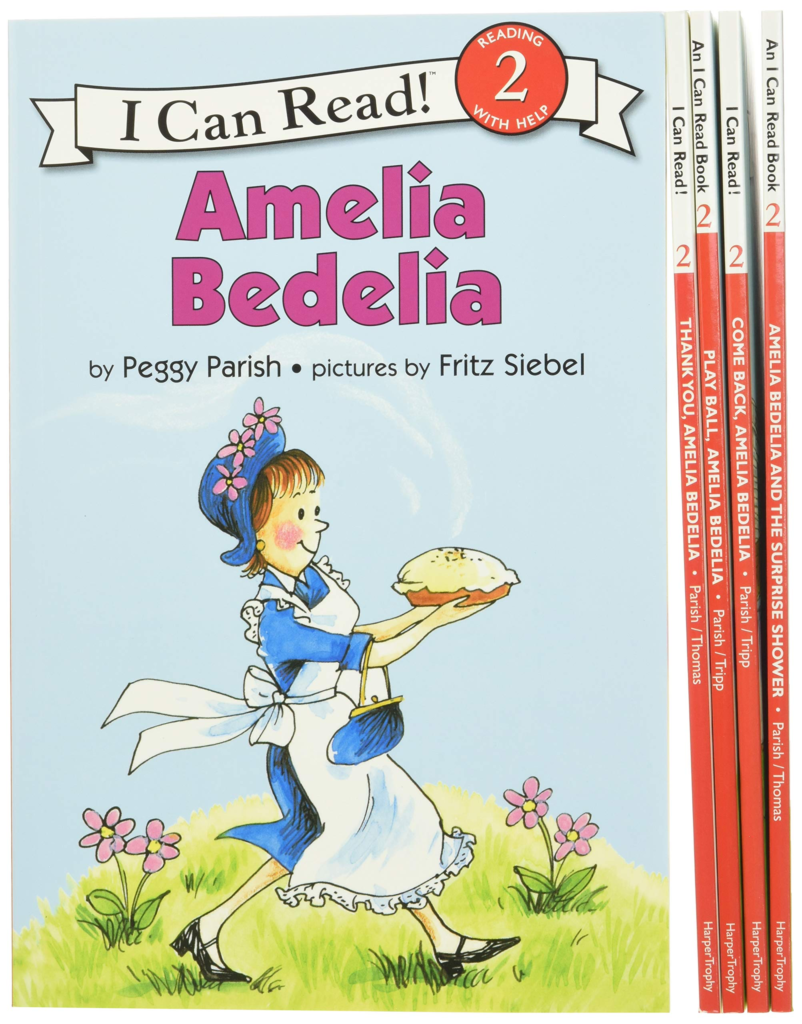
You remember Amelia Bedelia, right?! Every time I think of these stories I remember the time my grandma put a whole carton of frozen veggies, paper packaging and all, right in the pot on the stove. “It said to put the whole thing in there!” she said. 😂 These level 2 “I Can Read” books are so fun — they follow what happens when Amelia Bedelia takes things literally. (Please note: these books were written in the 1950s, so they come complete with 1950s gender stereotypes.)
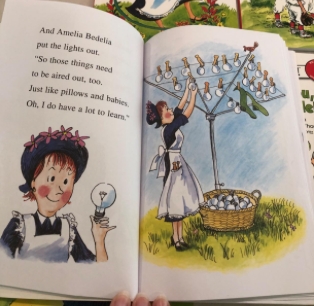

When you’re ready to take it to the next step:
Jada Jones, Kelly Starling Lyons, illus. Vanessa Brantley Newton
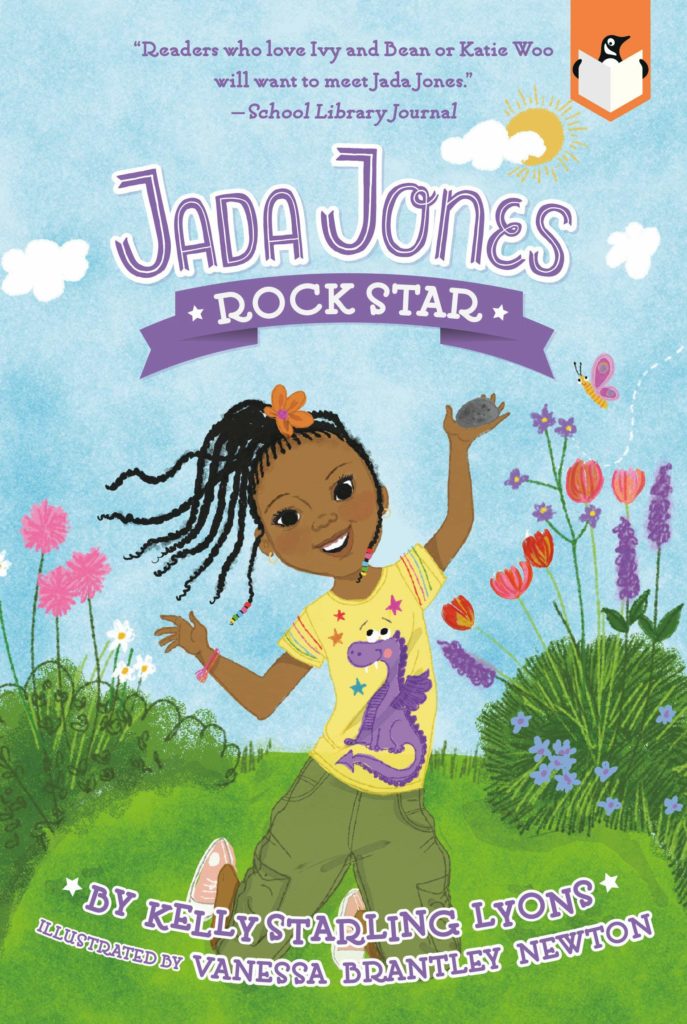
This four-book series kicks off with Jada making a new friend at school after her best friend moves away — we love that the series features a brave female character of color in her everyday life.
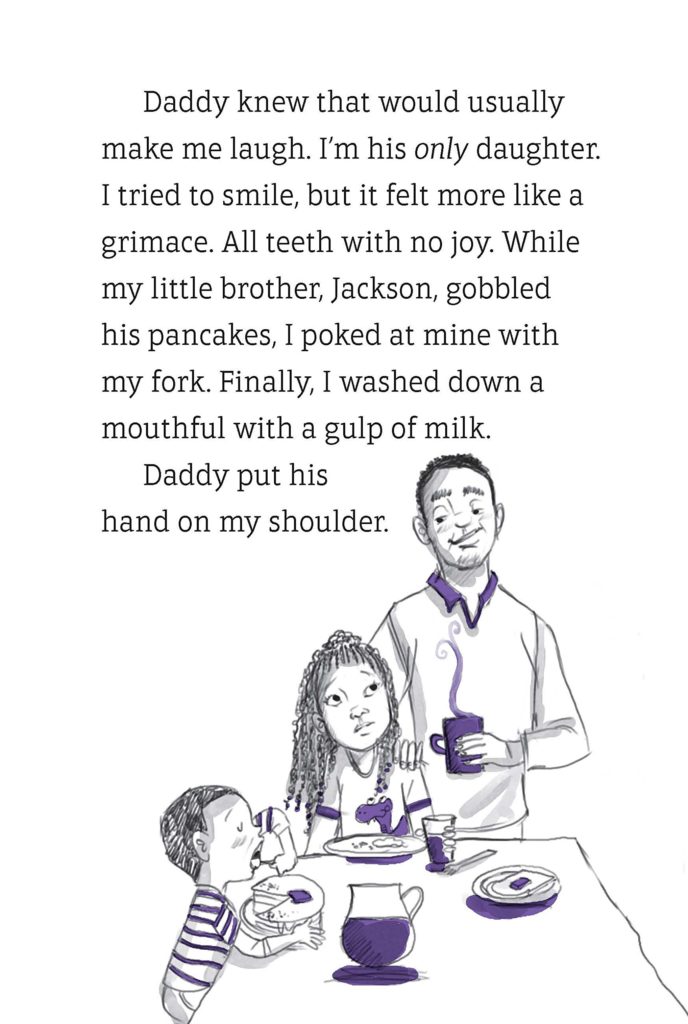

Dory Fantasmagory, Abby Hanlon
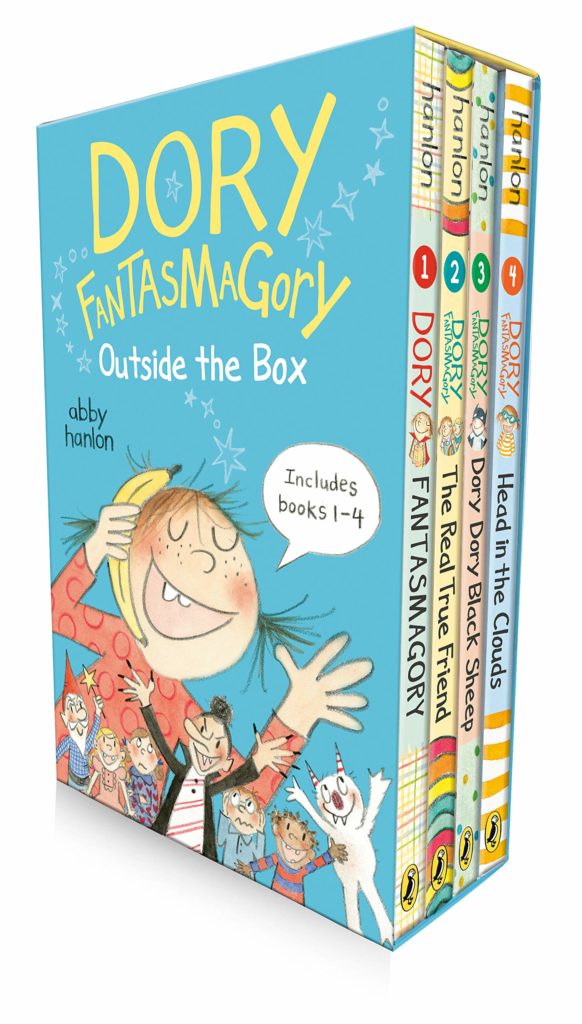
This funny series about a snarky little girl with a big imagination is a kid and parent favorite. Be warned, though: Dory’s siblings and parents are brutal! Yes, a frequent complaint about these books is that they don’t necessarily model polite, kind family dynamics (or language). If that doesn’t bother you, it’s tons of fun.



Anna Hibiscus Books, Atinuke

This series follows Anna and her family’s life in Africa — the books are beloved for their compassion, engaging stories, and caring depictions of family; plus, they expose kids to another culture to boot. It’s a little more challenging, FYI, so it’s probably best for readers with a little more experience.


Junie B. Jones, Barbara Park, illus. Denise Brunkus
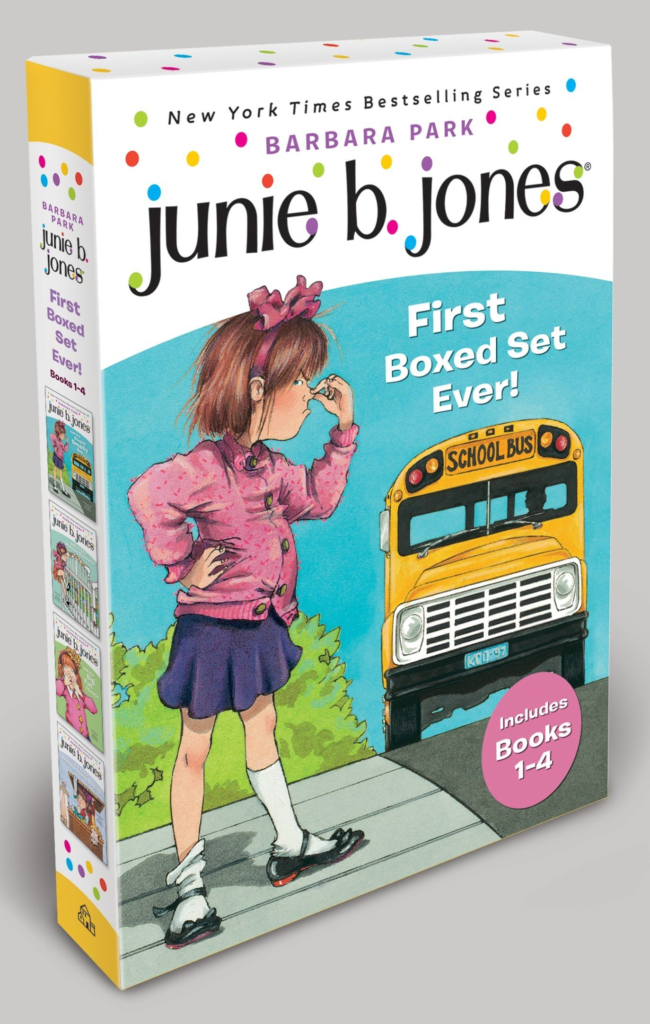
These silly books about Junie B’s school days are a classic — and yes, Junie B is a total brat. To some, she stands in welcome defiance of gender norms; but if you don’t want your kid reading about a rude main character, better steer clear!


Lastly — many of the first read-aloud chapter books we recommend are also great for slightly more advanced beginning readers. In particular, check out the Zoey and Sassafras books, Mia Mayhem, The Bad Guys, Mercy Watson, and the entire (seemingly infinite) Magic Treehouse series.
Congrats, parents — how far have we come?!
Let us know what your kids love reading 🤩.
See also: Best Board Books and Fun Reads for Adults (from 2020).